News
Dear Writers at The Guardian, Please Make Up Your Mind…
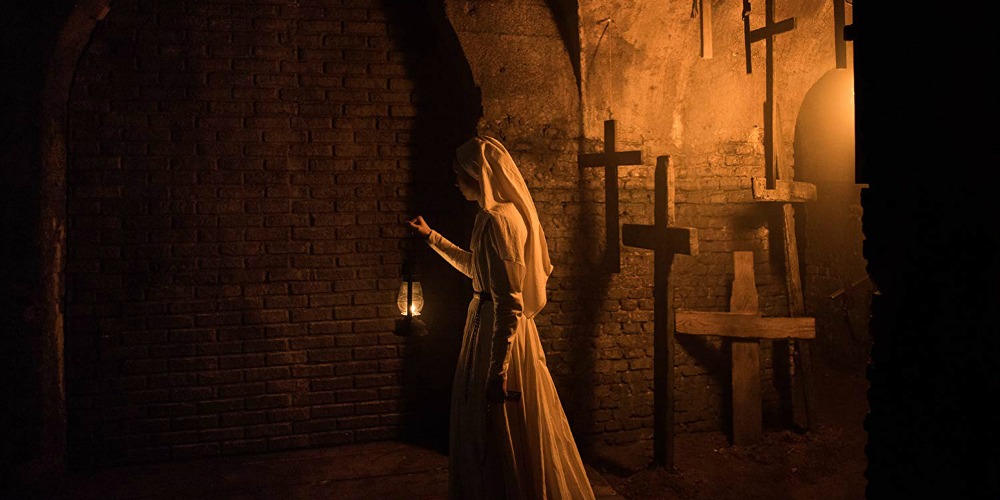
It has been about 16 months since The Guardian, that venerable UK publication established in 1821 published an article in which their writer, Steve Rose, lauded the coming of post-horror films such as The VVitch and It Comes at Night and the studios that make them as elevating what horror could be.
“If anyone’s pushing horror into new realms, it’s them, but isn’t it about time? There will always be a place for movies that reacquaint us with our primal fears and frighten the bejesus out of us,” Rose wrote. “But when it comes to tackling the big, metaphysical questions, the horror framework is in danger of being too rigid to come up with new answers – like a dying religion.”
Now certainly, anyone who has paid attention to the history of horror films knows well that the genre has always tapped into societal fears and social issues.
After the fallout of atomic bombs dropped in Japan, the rise of giant insects and mutated beasts took over the cinema. Fear and uncertainty of the coming millennia and the abandonment of religious fervor brought on The Exorcist and The Omen. The sexual revolution created the final girl while simultaneously giving rise to the moral lesson of just how unsafe sex could be when a masked killer was on the loose.
It had, quite literally, been doing both of the things that Rose mentioned in his article all along, and I gave Mr. Rose a pretty good reading about that in a response article much like the one that I’m writing now.
Flash forward 16 months, and Anne Billson, another reporter from that same venerable publication–who obviously heartily disagrees with Mr. Rose, or maybe she’s just over it all–is telling us all how snobbish “post-horror” is killing the genre and she just wants her jump scares back.
Ugh…okay, so let’s break down Ms. Billson’s article a bit.
I must admit that Billson almost had me on board in that first paragraph when she pointed out that many non-horror fans jumped on phrases like “post horror” and “elevated horror” as a sub-genre to explain the fact that they actually like certain horror films. More properly, one would call many of these films arthouse horror, which has been a classification for quite some time now.
It was in the second paragraph, that we parted ways, however.
“While it is always splendid when horror is taken more seriously,” Billson writes, “it is a shame that less prestigious examples are still routinely dumped on by critics and pickier fans, although this doesn’t appear to have affected the huge profit ratios of this year’s critical punchbags.”
The reporter then lists a few films she enjoyed with links to articles where they were uniformly trashed by critics. Oddly enough, though, all of the links that Billson shares come from The Guardian, The Times, and other publications who have a history of dumping all over horror films in general.
It’s true that these publications have a problem with the genre, but it is also true that horror, unlike most film genres, has an entire industry made up of individuals who report on and review the horror films who do not watch The First Purge and Overlord as a chance to eviscerate a filmmaker for not making Citizen Kane.
iHorror, Fangoria, 1428 Elm, Bloody Disgusting…There are so many made up of talented writers who care about the genre, and while not every review we write is positive, you’d certainly find many more good reviews than one would ever rightly expect from Billson’s own publication.
But let’s put that aside, for a moment.
Billson engages in her own brand of intellectual snobbery when she writes that directors like David Gordon Green and Luca Guadagnino not only infuse their films with symbolism but can and do talk about that symbolism when promoting their film. The reporter much prefers directors and writers who tap into something “they themselves don’t fully understand’ using The Nun and Overlord as examples.
“Like fairy stories or folk tales, the genre draws on a well of primal fears and desires,” she writes, “with the same themes recurring so often in different guises they are often dismissed as cliche, but it is how they are reinterpreted that keeps them fresh.”
On this point, I can agree–and did you notice she used Rose’s own words against him–but I can also point Billson to hundreds of comments posted every day by angry ardent genre fans who despise and love this very aspect of horror filmmaking. They want something new that is completely different than what they’ve seen before that is, at the same time, exactly what they’ve seen before with a new cast.
In fact, by the end of the article, Billson sounds like many of these fans which is ultimately the problem with the article and the sentiments behind it. She claims that horror is a broad church with room for all of these types of films, and yet, she seems to want to send the denomination of post horror lovers to a different building all together, and this is no more clearly pointed out than in the captions to the photos in her article. (Take a look if you don’t believe me.)
Horror is subjective. What is terrifying to one person is most certainly dull to the next.
I, personally, am not a fan of body horror films that are so splattered with gore that I see bloody entrails every time I close my eyes for a week after watching it. I think it’s a cop-out to decide to simply be gross rather than scary.
Not once, however, would I deem body horror as undeserving of the attention and fans that it has garnered nor would I be upset that a body horror film got more press and a better critical reception than one of the sub-genres that I personally enjoy much more.
At the end of the day, there are people who loved Hereditary and people who hated it. There are just as many people who loved The Nun and others who also hated it.
I would encourage Ms. Billson as I would any horror fan who has a problem with a specific sub-genre of horror to do a couple of things:
- Watch the types of films you love and avoid those that don’t scare you, work for you, or interest you in any way. This is especially easy for Billson as in all actuality there are probably 10 jump-scare filled films released for every arthouse horror film every year.
- When a film you think is undeserving of attention is praised, positively reviewed, or gets attention you don’t think it deserves, keep scrolling. This is not to say that healthy debate isn’t a good thing. I encourage it often! But healthy debate rarely happens in the comments section of any publication.
- And finally, maybe subscribe to a few horror outlets and get your horror movie news there rather than looking for it in publications that are never going to give your favorite films the time of day.
At the end of the day, Billson and Rose must both understand that horror fans cannot be painted by one broad brush. We may not all get along, but we can certainly raise the discussion to something more sophisticated than “You’re dumb” versus “That’s not scary.”
'Civil War' Review: Is It Worth Watching?
Follow our new YouTube channel "Mysteries and Movies" here.

News
Watch ‘The Burning’ At The Location Where It Was Filmed
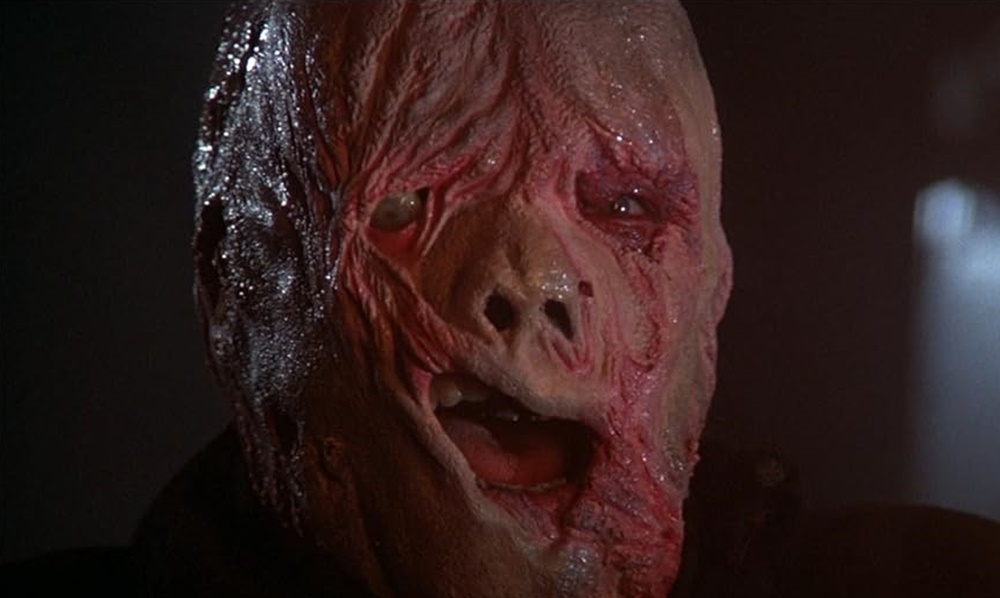
Fangoria is reporting that fans of the 1981 slasher The Burning will be able to have a screening of the film at the location where it was filmed. The movie is set at Camp Blackfoot which is actually the Stonehaven Nature Preserve in Ransomville, New York.
This ticketed event will take place on August 3. Guests will be able to take a tour of the grounds as well as enjoy some campfire snacks along with the screening of The Burning.
The film came out in the early ’80s when teen slashers were being churned out in magnum force. Thanks to Sean S. Cunningham’s Friday the 13th, filmmakers wanted to get in on the low-budget, high-profit movie market and a casket load of these types of films were produced, some better than others.
The Burning is one of the good ones, mostly because of the special effects from Tom Savini who had just come off of his groundbreaking work on Dawn of the Dead and Friday the 13th. He declined to do the sequel because of its illogical premise and instead signed on to do this movie. Also, a young Jason Alexander who would later go on to play George in Seinfeld is a featured player.
Because of its practical gore, The Burning had to be heavily edited before it received an R-rating. The MPAA was under the thumb of protest groups and political bigwigs to censor violent films at the time because slashers were just so graphic and detailed in their gore.
Tickets are $50, and if you want a special t-shirt, that will cost you another $25, You can get all the information by visiting the On Set Cinema webpage.
'Civil War' Review: Is It Worth Watching?
Follow our new YouTube channel "Mysteries and Movies" here.
Movies
‘Longlegs’ Creepy “Part 2” Teaser Appears on Instagram
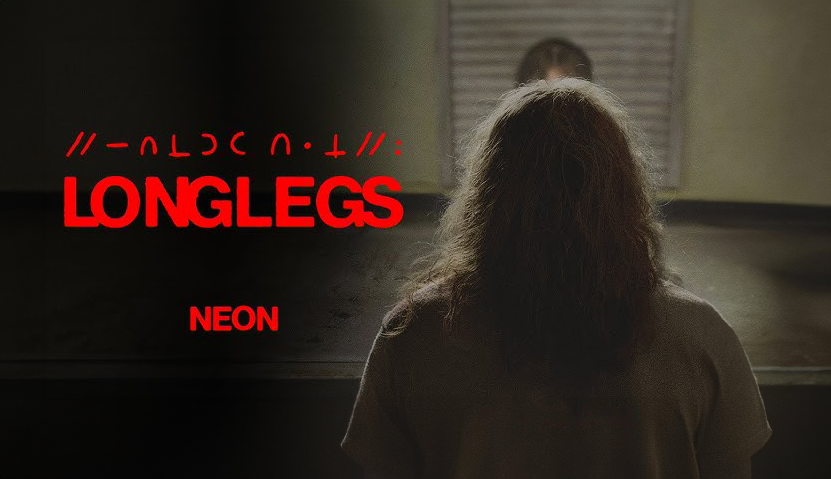
Neon Films released an Insta-teaser for their horror film Longlegs today. Titled Dirty: Part 2, the clip only furthers the mystery of what we are in for when this movie is finally released on July 12.
The official logline is: FBI Agent Lee Harker is assigned to an unsolved serial killer case that takes unexpected turns, revealing evidence of the occult. Harker discovers a personal connection to the killer and must stop him before he strikes again.
Directed by former actor Oz Perkins who also gave us The Blackcoat’s Daughter and Gretel & Hansel, Longlegs is already creating buzz with its moody images and cryptic hints. The film is rated R for bloody violence, and disturbing images.
Longlegs stars Nicolas Cage, Maika Monroe, and Alicia Witt.
'Civil War' Review: Is It Worth Watching?
Follow our new YouTube channel "Mysteries and Movies" here.
News
Exclusive Sneak Peek: Eli Roth and Crypt TV’s VR Series ‘The Faceless Lady’ Episode Five
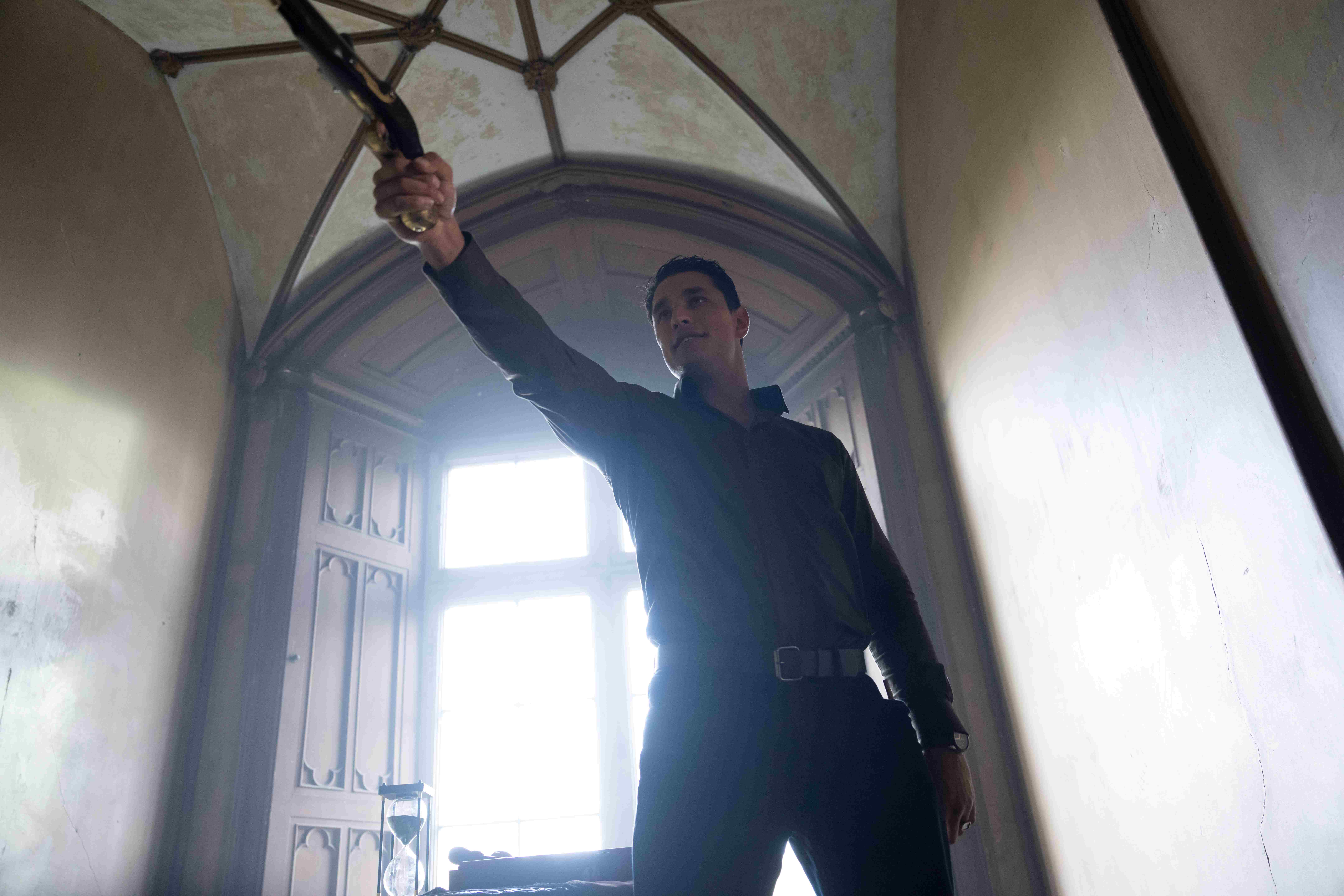
Eli Roth (Cabin Fever) and Crypt TV are knocking it out of the park with their new VR show, The Faceless Lady. For those unaware, this is the first fully scripted VR horror show on the market.
Even for masters of horror like Eli Roth and Crypt TV, this is a monumental undertaking. However, if I trust anyone to change the way that we experience horror, it would be these two legends.

Ripped from the pages of Irish folklore, The Faceless Lady tells the story of a tragic spirit cursed to wander the halls of her castle for all of eternity. However, when three young couples are invited to the castle for a series of games, their fates may soon change.
So far, the story has provided horror fans with a gripping game of life or death that doesn’t look as if it will slow down in episode five. Luckily, we have an exclusive clip that may be able to satiate your appetites until the new premiere.
Airing on 4/25 at 5pmPT/8pmET, episode five follows our final three contestants in this wicked game. As the stakes are raised ever higher, will Ella be able to fully awaken her connection with Lady Margaret?
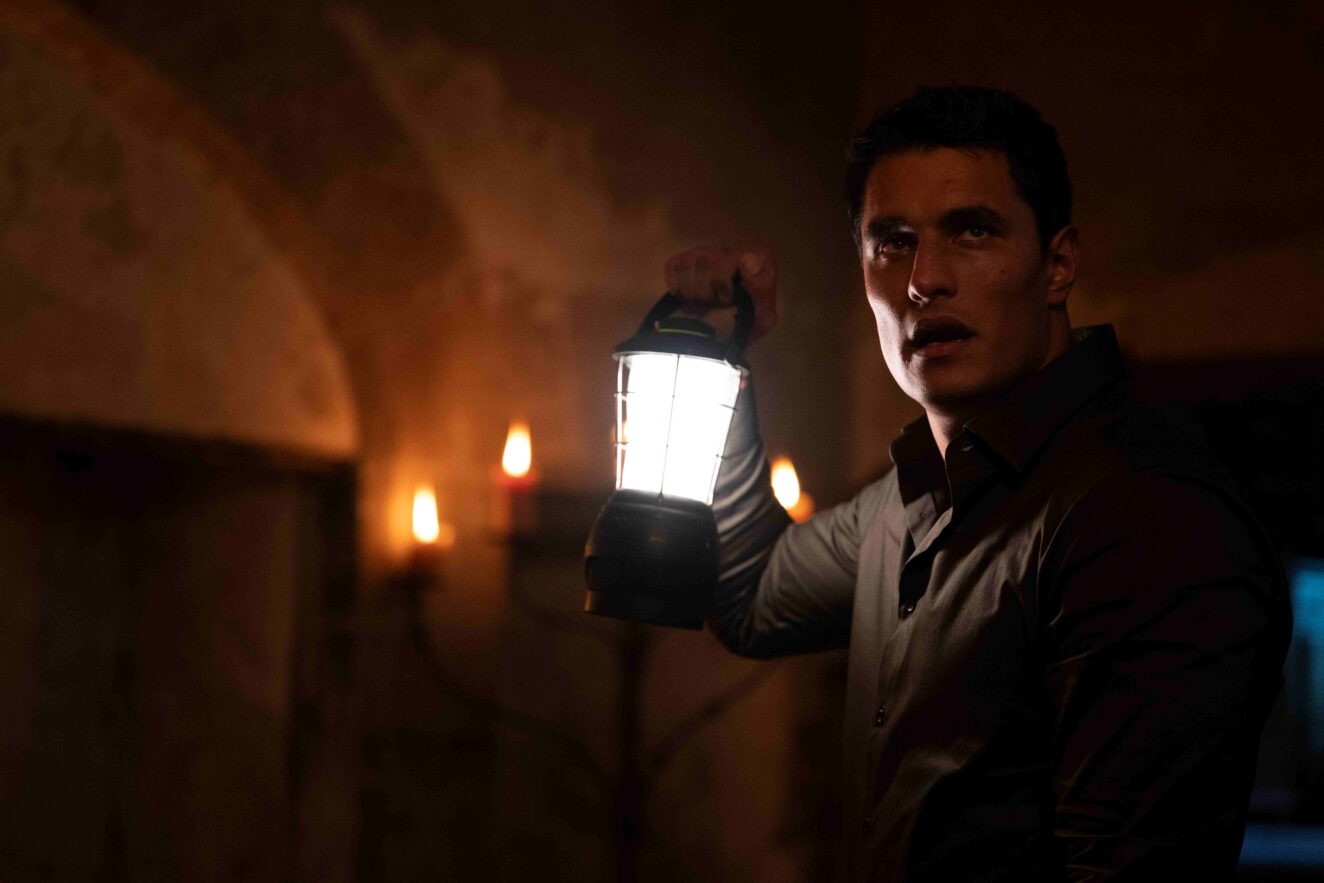
The newest episode can be found on Meta Quest TV. If you haven’t already, follow this link to subscribe to the series. Make sure to check out the new clip below.
Eli Roth Present’s THE FACELESS LADY S1E5 Clip: THE DUEL – YouTube
'Civil War' Review: Is It Worth Watching?
Follow our new YouTube channel "Mysteries and Movies" here.
-

 News6 days ago
News6 days agoWoman Brings Corpse Into Bank To Sign Loan Papers
-

 News5 days ago
News5 days agoBrad Dourif Says He’s Retiring Except For One Important Role
-

 Strange and Unusual5 days ago
Strange and Unusual5 days agoMan Arrested for Allegedly Taking a Severed Leg From Crash Site And Eating It
-

 Movies6 days ago
Movies6 days agoPart Concert, Part Horror Movie M. Night Shyamalan’s ‘Trap’ Trailer Released
-

 Movies6 days ago
Movies6 days agoAnother Creepy Spider Movie Hits Shudder This Month
-
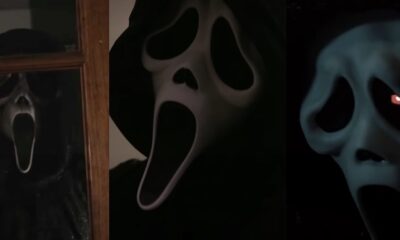
 Editorial5 days ago
Editorial5 days ago7 Great ‘Scream’ Fan Films & Shorts Worth a Watch
-
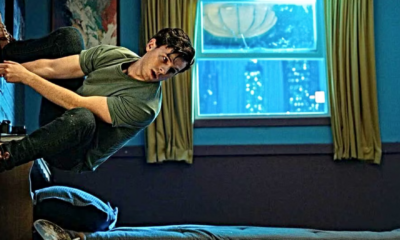
 Movies4 days ago
Movies4 days agoSpider-Man With a Cronenberg Twist in This Fan-Made Short
-

 News4 days ago
News4 days agoOriginal Blair Witch Cast Ask Lionsgate for Retroactive Residuals in Light of New Film




















You must be logged in to post a comment Login